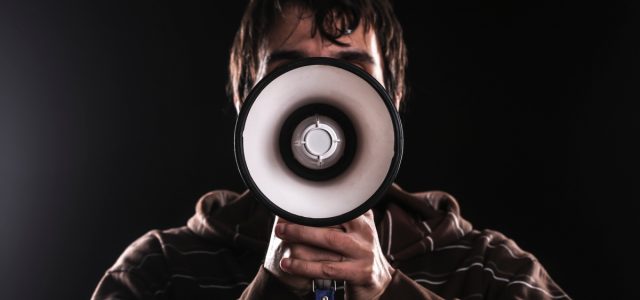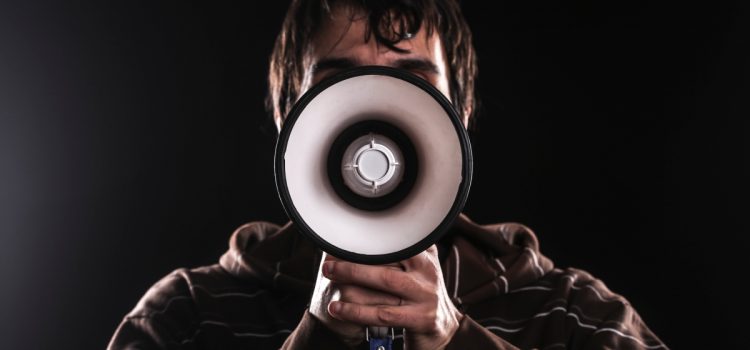


Check out the on-demand sessions from the Low-Code/No-Code Summit to learn how to successfully innovate and achieve efficiency by upskilling and scaling citizen developers. Watch now.
What do apps like Amazon, Netflix, Facebook, TikTok, WhatsApp and Uber have in common? Everyone knows who they are, even if they don’t use them, let alone have the app installed on their phone. That massive consumer awareness explains why you don’t see many of these apps focusing on app growth. It’s likely not a lack of advertising that is keeping people from installing them.
At the same time, it’s not like these apps don’t advertise. You still see them — on billboards, TV, public transit, even movie theater ads. That’s because advertising often serves a different purpose for big brands: One of attention, not just awareness.
Why advertising still matters when you’re a big brand
For big brands, advertising isn’t about generating an individual install (although that’s certainly a nice bonus). It’s about reaching the mass market. It’s about arresting their users’ attention, not just their awareness.
You can look to the current streaming wars as an example. According to a February 2022 survey, U.S. consumer awareness of the “Big Five” video streaming services — Netflix, Amazon Prime, Disney+, Hulu and HBO Max — is at an all–time high at more than 95%. Netflix leads the pack with 98% consumer awareness overall and significantly more awareness of its programming than its competitors.
Event
Intelligent Security Summit
Learn the critical role of AI & ML in cybersecurity and industry specific case studies on December 8. Register for your free pass today.
But awareness isn’t enough when you’re a big brand. Content is still king. People will switch subscriptions based on what shows are available and what they want to watch. That makes the market share for streaming services extremely fluid. In its latest earnings call, Netflix reported a loss of nearly one million subscribers, showing just how fluid that market share really is.
With so many big players and an apparent cap on the number of subscriptions consumers are willing to buy, market share is vulnerable. That makes staying top-of-mind massively important.
4 ways big brands can keep consumer attention
Big brands may not need the awareness advertising offers, but they definitely need the consistent consumer attention it generates. Stay top-of-mind with your audience with these advertising best practices.
Just be there
Staying top-of-mind sometimes means just being around. And what better way to be around than already being on users’ phones? Not only do you protect yourself against churn, you can use being on-device to keep your app up-to-date and provide important updates — whenever you release new content, for example.
Facebook (Meta) is a great example of how this strategy can be successful. If you buy a phone, it’ll likely have Facebook pre-installed on it. That’s because the company’s partnerships with OEMs and carriers ensure that it’s already on almost every device sold. Facebook makes no secret of its pre-install strategy, and even touts several advantages beyond customer retention, like improved compatibility, performance and user experience.
Appeal to emotion
Big brands with wide awareness always have a lot of users. But that doesn’t necessarily mean that those users feel connected with the brand. Many consumers naturally feel more connected with smaller brands, the idea being that their individual support makes a larger impact in the brand’s overall success. Bigger brands have to work a bit harder to gain that emotional connection. That’s where good advertising comes in.
In 2018, Airbnb made an emotional appeal to travelers with its “Let’s Keep Moving Forward” campaign. By criticizing the travel ban, the brand took a clear stance on its values, helping consumers who shared those values feel more closely aligned with the brand. Airbnb also shared what they were doing to help, and offered suggestions for their customers, too, furthering that sense of being on the same side in the fight.
Incentivize your audience
In categories where brands might be more susceptible to losing market share (like streaming video), incentivizing your audience around new releases could pay off. One effective way of incentivizing audiences is to offer different bundles that cross categories.
For example, Uber Eats recently offered me a free trial of a Hulu, Disney+ and ESPN+ streaming video package if I placed a delivery order. The cross-category partnership worked both ways: incentivizing me to place a food order and to sign up for streaming services. Another example is Chipotle bundling its “Guac Mode” promotion with CashAPP, giving customers not only free guacamole but free cash if they signed up for both accounts.
Go big on entertainment value
How much entertainment value to pack into an ad is a question of strategy. You don’t want to run the risk of being so entertaining that users get distracted from the point of your ad. For brands with low awareness, for example, entertaining ads might result in consumers remembering the ad, but not the product.
But high-awareness brands don’t run that risk. One of Apple’s most famous campaigns was “Think Different,” where the brand aligned itself with famous mavericks in their fields, from Amelia Earhart to John Lennon. There was no mention of Apple products, nor any visuals, yet the campaign was hugely successful in encouraging users to associate using an Apple product with being creative and groundbreaking.
Bonus points if your brand can leverage your product value and be entertaining at the same time. Google’s search stories campaign did just that, by using storytelling to bring the real usage of Google to life. The campaign featured small businesses that were easy to connect with, like a family-run maple farm “looking to share their passion for maple with syrup-lovers all over the country,” as the ad put it. The campaign adeptly tied the brand’s success back to Google, with messaging like the following: “The same technology that helps you find what you’re looking for is also helping millions of local businesses grow and succeed.”
Grab attention and secure your market share
From emotionally connecting with your customers to simply staying top-of-mind, advertising can help big brands close the attention gap. In a landscape where market share is fluid, making sure your brand is seen and remembered can make all the difference.
Jon Hudson serves as VP of customer success at Digital Turbine, where he leads the app media division that helps brings global brands on-device.
DataDecisionMakers
Welcome to the VentureBeat community!
DataDecisionMakers is where experts, including the technical people doing data work, can share data-related insights and innovation.
If you want to read about cutting-edge ideas and up-to-date information, best practices, and the future of data and data tech, join us at DataDecisionMakers.
You might even consider contributing an article of your own!
